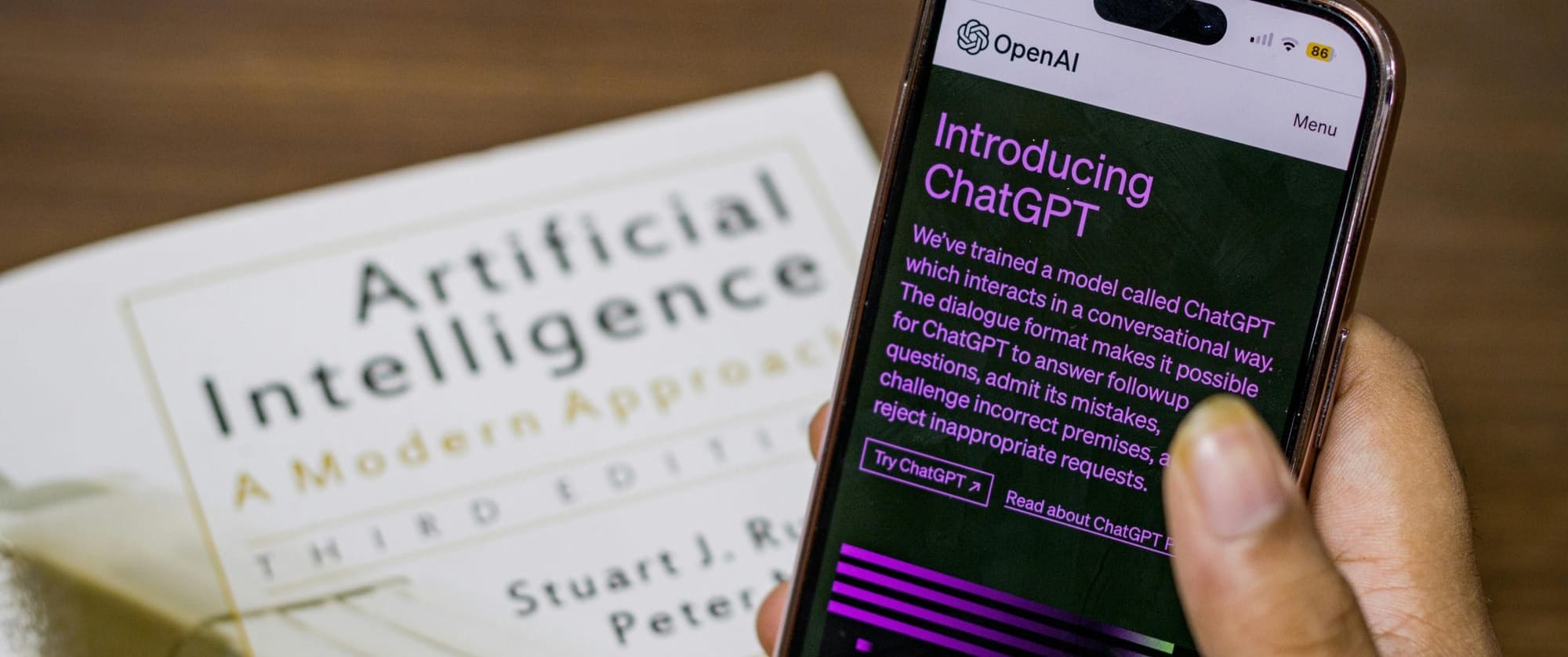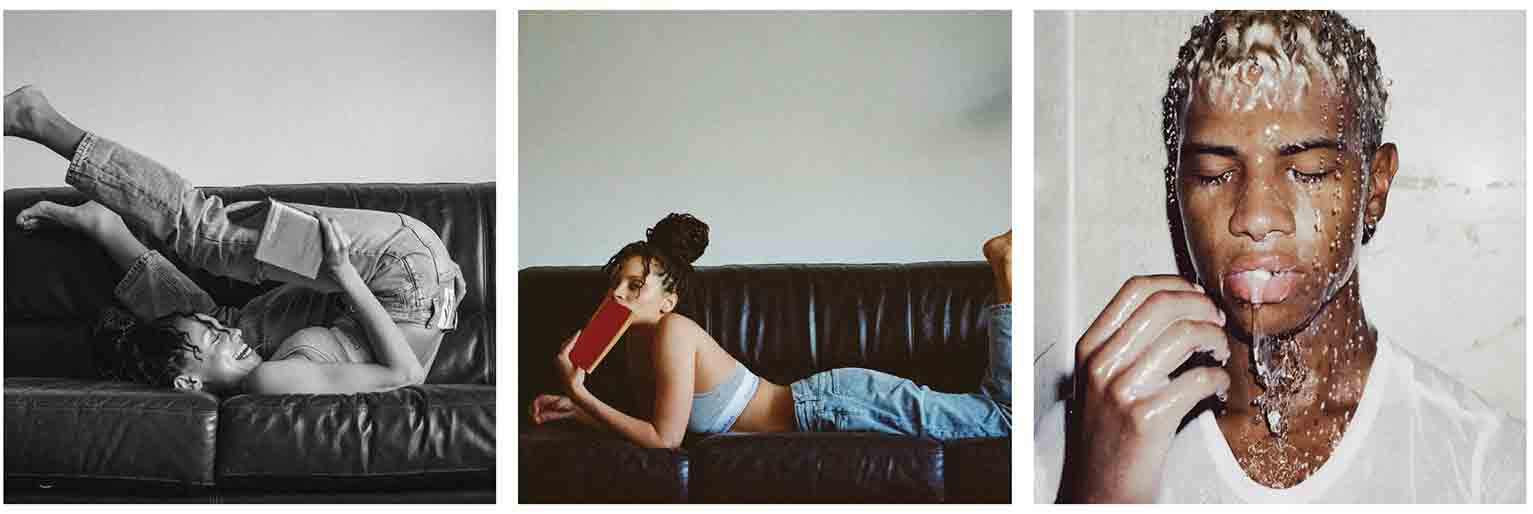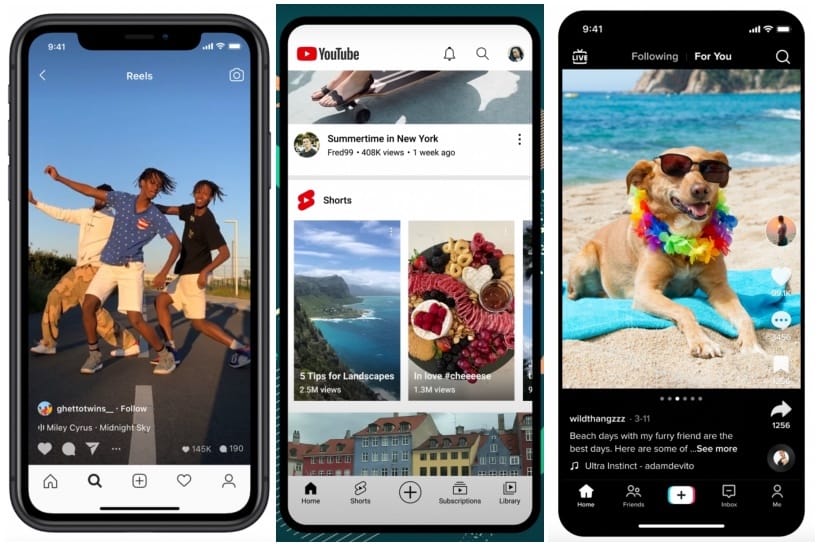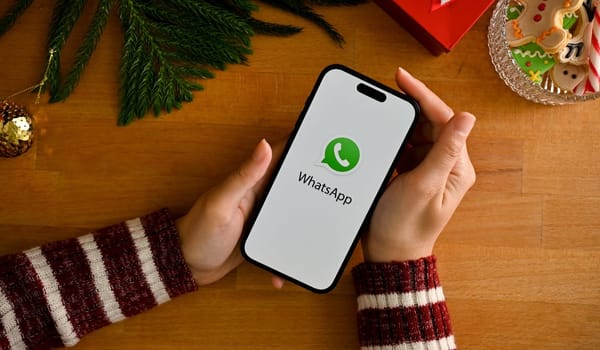Top Marketing Trends in 2024: Embracing Innovation and Technology

From traditional approaches like Newspaper ads to modern approaches such as Artificial Intelligence (AI), marketing trends often change based on new technology and customer preferences.
Marketers must embrace new trends to outperform competitors and optimize ROI, rather than solely relying on the old “tried and tested approach”.
I've curated a list of the top 5 trends shaping the landscape of 2024, to help you stay ahead of the competition.
Power of Artificial Intelligence
With the advent of ChatGPT and the emergence of AI tools like Jasper, Hubspot Chatbot Builder, Claude, Copy.ai, and many others, marketers can now streamline their marketing efforts by automating repetitive tasks and aiding in content creation, including posts, designs, drafts, and more.
AI-powered chatbots are revolutionizing the industry, by having conversations in real-time and allowing customers to resolve issues without waiting for a representative, thereby facilitating instant gratification and boosting conversions.
AI Personalization: Imagine you had an email list of 10,000 subscribers, now imagine if you could recommend, position, and promote products based on the interests and behavior of each of these 10,000 subscribers. The effect it would have on your conversion and open rates would be astronomical!
Companies now, as a result, are leveraging AI and ever-improving machine learning algorithms to create personalized interactions with individual consumers.
Furthermore, A study revealed that 91% of consumers show a preference for brands that remember, personalize, and provide relevant promotions to them.

An excellent example of AI-powered personalization can be seen in Netflix's recommended shows, which reportedly influence 80% of viewing choices, while the remaining 20% stem from direct searches.
Influencer Marketing
In 2023, the influencer marketing industry hit a high of 21.1 Billion dollars, a significant 29% increase from 2022, which was at 16.4 billion.
In 2024, brands have undergone a paradigm shift in their influencer marketing strategy, transitioning from collaborating with mega-influencers boasting huge followings to engaging with smaller, niche-specific influencers. This shift is driven by their greater relevance to the industry, higher engagement rates, and lower cost.
Although mega-influencers still offer advantages, it's crucial to strategize when to utilize each type of influencer, especially when operating within budget constraints.
Need help in finding the right influencer for your brand, head over to Semrush’s Influencer Analytics tool.

User-Generated Content
UGC content is the new word of mouth. This type of content is where consumers create original videos on their interactions, experiences, and reviews with the brand and product. Examples of this content range from unboxing videos, makeup reviews, OOTD videos and so much more. Adding this type of content to your marketing strategy is beneficial as the content is authentic and resonates with the audience much more than a high-production advertising video.
If finding content that meets a certain production standard is difficult, there has been an increase in influencers who create UGC content for a small fee. This turns out to be very cost-effective for those working with a tight budget.
Some examples of how brands are using UGC content are, Calvin Klien's #mycalvins, Apple's #shotoniPhone, and Coca-Cola's #ShareACoke campaign are just a few very successful UGC campaigns.

All in on Video
Video-based content has become a primary focus for brands, particularly on platforms like Instagram Reels, TikTok, and YouTube Shorts. With the emergence of these short video hosting platforms, brands have come to recognize that concise video content drives the highest engagement, averaging at 50%.
This shift was largely catalyzed by the pandemic, as consumers increasingly turned to social media for entertainment, with video consumption taking center stage. Interestingly, as the attention span of modern consumers decreased, so did the recommended length of videos, aiming to optimize conversion rates.
Across platforms such as TikTok, Instagram, and YouTube Shorts, the ideal video duration for maximum engagement stands at 1 to 2 minutes.
Notably, small businesses have capitalized on video marketing on social media, achieving significant follower growth in the process.

Privacy Sandbox
Google has responded to consumer privacy concerns by taking significant measures to safeguard their data, including the removal of all third-party cookies from its widely-used browser, Chrome.
Third-party cookies have always helped marketers by providing valuable insights into user behavior across websites, allowing for precise targeting, retargeting, and personalized advertising.
This change will profoundly impact how companies engage with potential customers and promote their products. With access to this data no longer available, brands will need to rely on first-party cookies for targeting information.
However, there's no need to fret. Google is currently developing and testing its own Privacy Sandbox, which is developed to serve as an alternative to third-party cookies. This solution aims to minimize individual data tracking and provide a safer alternatives to existing web and Android app technologies, all while ensuring accessibility for everyone.

In summary, staying ahead in marketing demands attention to emerging trends. From AI-driven personalization to niche influencer collaborations, these trends empower brands to connect meaningfully with their audience, fostering loyalty and driving success in a competitive market. Adapting to these shifts is essential for brands aiming to make a lasting impact in the digital realm.
Congratulations!
You're up to speed... for now.
Stay tuned and subscribe to stay updated with the ever-changing landscape of Marketing!




